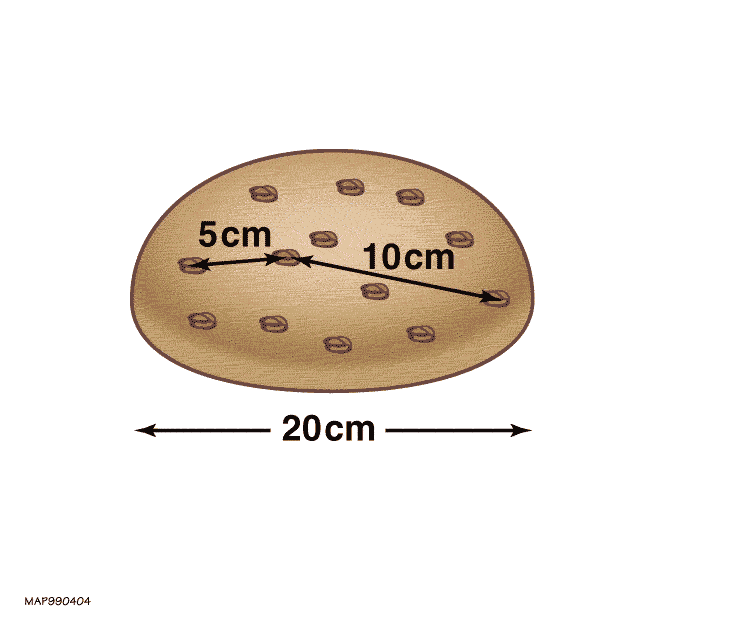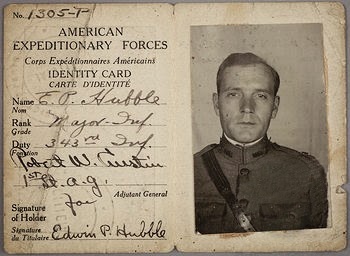|
Humason
Milton La Salle Humason (August 19, 1891 – June 18, 1972) was an American astronomer. He worked with Edwin Hubble to measure the redshift of nebulas in the early 20th century, providing evidence of the expansion of the universe. Biography Milton Humason was born in Dodge Center, Minnesota, Dodge Center, Minnesota. Humason dropped out of school and had no formal education past the age of 14. Because he loved the mountains, and Mount Wilson (California), Mount Wilson in particular, he became a "mule skinner" taking materials and equipment up the mountain while Mount Wilson Observatory was being built. In 1917, after a short stint on a ranch in La Verne, he became a janitor at the observatory. Out of sheer interest, he volunteered to be a night assistant at the observatory. His technical skill and quiet manner made him a favorite on the mountain. Recognizing his talent, in 1919, George Ellery Hale made him a Mt. Wilson staff member. This was unprecedented, as Humason did n ... [...More Info...] [...Related Items...] OR: [Wikipedia] [Google] [Baidu] |
C/1961 R1
Comet Humason, Astronomical naming conventions#Comets, formally designated C/1961 R1 (a.k.a. 1962 VIII and 1961e), was a List of non-periodic comets, non-periodic comet discovered by Milton L. Humason on 1 September 1961. Its perihelion was well beyond the orbit of Mars, at 2.133 Astronomical unit, AU. The outbound orbital period is about 2,516 years. Physical properties It was a "giant" comet, much more active than a normal comet for its distance to the Sun, with an Absolute magnitude#Cometary magnitudes, absolute magnitude of 1.35−3.5, and a comet nucleus, nucleus diameter estimated at . It could have been up to a hundred times brighter than an average new comet. It had an unusually disrupted or "turbulent" appearance. It was also unusual in that the spectrum of its tail showed a strong predominance of the ion carbon monoxide, CO+, a result previously seen unambiguously only in Comet Morehouse, C/1908 R1 (Morehouse). See also * C/1729 P1 (Sarabat) * Comet Hale–Bopp, C/ ... [...More Info...] [...Related Items...] OR: [Wikipedia] [Google] [Baidu] |
Humason (crater)
Humason is a tiny lunar impact crater located in the Oceanus Procellarum. This is a cup-shaped crater with an outer rim that rises slightly above the surrounding lunar mare. To the west is a low system of mare wrinkle ridges named the Dorsa Whiston that wind southwards towards Montes Agricola. This crater was previously identified as Lichtenberg G before being renamed by the IAU in 1973. Gazetteer of Planetary Nomenclature, International Astronomical Union (IAU) Working Group for Planetary System Nomenclature (WGPSN) The crater itself lies over 100 kilometers to the west. References * * * * * * * * * * * * {{cite book , first = Peter T. , last = Wlasuk , ...[...More Info...] [...Related Items...] OR: [Wikipedia] [Google] [Baidu] |
Hubble's Law
Hubble's law, also known as the Hubble–Lemaître law, is the observation in physical cosmology that galaxies are moving away from Earth at speeds proportional to their distance. In other words, the farther a galaxy is from the Earth, the faster it moves away. A galaxy's recessional velocity is typically determined by measuring its redshift, a shift in the frequency of light emitted by the galaxy. The discovery of Hubble's law is attributed to work published by Edwin Hubble in 1929, but the notion of the universe expanding at a calculable rate was first derived from general relativity equations in 1922 by Alexander Friedmann. The Friedmann equations showed the universe might be expanding, and presented the expansion speed if that were the case. Before Hubble, astronomer Carl Wilhelm Wirtz had, in 1922 and 1924, deduced with his own data that galaxies that appeared smaller and dimmer had larger redshifts and thus that more distant galaxies recede faster from the observer. In ... [...More Info...] [...Related Items...] OR: [Wikipedia] [Google] [Baidu] |
Mount Wilson Observatory
The Mount Wilson Observatory (MWO) is an Observatory#Astronomical observatories, astronomical observatory in Los Angeles County, California, United States. The MWO is located on Mount Wilson (California), Mount Wilson, a peak in the San Gabriel Mountains near Pasadena, California, Pasadena, northeast of Los Angeles. The observatory contains two historically important telescopes: the #100-inch Hooker telescope, Hooker telescope, which was the largest aperture telescope in the world from its completion in 1917 to 1949, and the #60-inch telescope, 60-inch telescope which was the largest operational telescope in the world when it was completed in 1908. It also contains the Snow solar telescope completed in 1905, the solar tower completed in 1908, the solar tower completed in 1912, and the CHARA array, built by Georgia State University, which became fully operational in 2004 and was the largest optical interferometer in the world at its completion. Due to the inversion (meteorol ... [...More Info...] [...Related Items...] OR: [Wikipedia] [Google] [Baidu] |
Edwin Hubble
Edwin Powell Hubble (November 20, 1889 – September 28, 1953) was an American astronomer. He played a crucial role in establishing the fields of extragalactic astronomy and observational cosmology. Hubble proved that many objects previously thought to be clouds of dust and gas and classified as "nebulae" were actually Galaxy, galaxies beyond the Milky Way. He used the strong direct period-luminosity relation, relationship between a classical Cepheid variable's luminosity and periodic function, pulsation period (discovered in 1908 by Henrietta Swan Leavitt) for scaling cosmic distance ladder, galactic and extragalactic distances. Hubble confirmed in 1929 that the recessional velocity of a galaxy increases with its distance from Earth, a behavior that became known as Hubble's law, although it had been proposed two years earlier by Georges Lemaître. The Hubble law implies that the universe is expanding. A decade before, the American astronomer Vesto Slipher had provided the fi ... [...More Info...] [...Related Items...] OR: [Wikipedia] [Google] [Baidu] |
A Personal Voyage
''Cosmos: A Personal Voyage'' is a thirteen-part, 1980–81 television series written by Carl Sagan, Ann Druyan, and Steven Soter, with Sagan as presenter. It was executive-produced by Adrian Malone, produced by David Kennard, Geoffrey Haines-Stiles, and Gregory Andorfer, and directed by the producers, David Oyster, Richard Wells, Tom Weidlinger, and others. It covers a wide range of scientific subjects, including the origin of life and a perspective of our place in the universe. Owing to its Cosmos (Sagan book), bestselling companion book and soundtrack album using the title, ''Cosmos'', the series is widely known by this title, with the subtitle omitted from home video packaging. The subtitle began to be used more frequently in the 2010s to differentiate it from the sequel series that followed. The series was first broadcast by the Public Broadcasting Service in 1980, and was the most widely watched series in the history of American public television until ''The Civil War (T ... [...More Info...] [...Related Items...] OR: [Wikipedia] [Google] [Baidu] |



